On a hot summer’s day in the New Mexico desert, an Antenna Transporter rests after safely delivering a 230-ton antenna of the Very Large Array to a new pad farther away from its 27 telescopic neighbors.
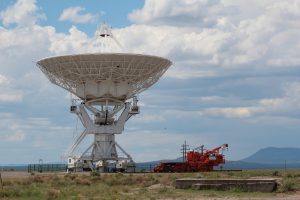
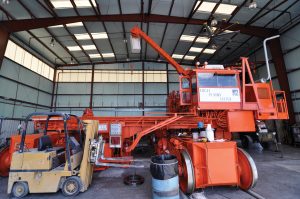
VLA Transporter in its Garage
The “High Plains Lifter” is one of two antenna transporters at the Very Large Array. Their job is to carefully lift and haul the 25-meter dish antennas to and from pads along the Y-shape of the array.
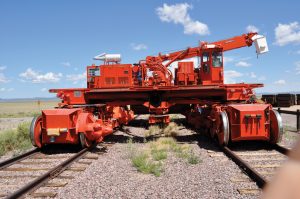
The Bed of a VLA Transporter
Here is a look at the back of an Antenna Transporter at the Very Large Array in New Mexico. Crews drive this end underneath an antenna, lower it, disconnect the antenna from its pad, and then raise the bed up. The driver then slowly hauls the antenna to a new pad.
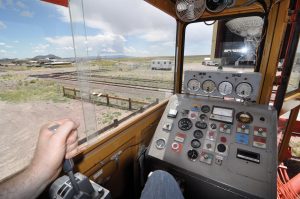
View from inside a VLA Transporter
Behind the controls of one of the Very Large Array’s Transporters, is the gentle giant trucks that carefully lifts and moves the antennas.

VLA’s Miles of Old Tracks
Over 80 miles of train track, re-purposed from old, discontinued rail lines around the United States, allow the Very Large Array to be reconfigured. Throughout the year, the antennas are carried on the backs of one of two Transporters and hauled along these tracks to a new powered pad. Changing the size of the array changes how much detail it can see.
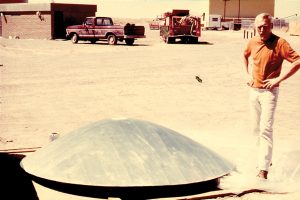
VLA Subreflector
The Very Large Array dish antennas focus their radio waves to a second reflector (seen here). It is placed exactly where the radio waves come to a focus after reflecting off of the 25-meter parabolic dishes. The so-called “subreflector” bounces the collected radio waves straight through the throat of the dish where multiple receivers could be placed. It is mounted on a swivel, so that it can rock to aim waves directly into different receivers.





